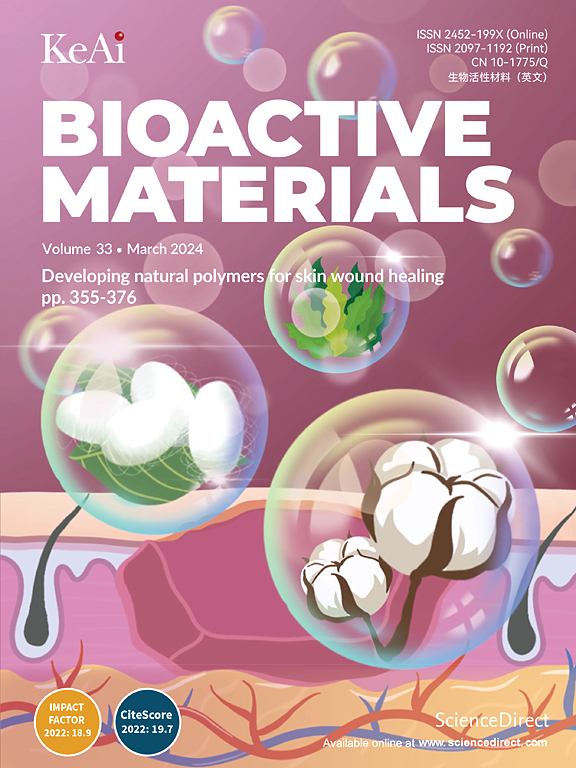Advances in locally administered nucleic acid therapeutics
IF 18
1区 医学
Q1 ENGINEERING, BIOMEDICAL
引用次数: 0
Abstract
Nucleic acid drugs represent the latest generation of precision therapeutics, holding significant promise for the treatment of a wide range of intractable diseases. Delivery technology is crucial for the clinical application of nucleic acid drugs. However, extrahepatic delivery of nucleic acid drugs remains a significant challenge. Systemic administration often fails to achieve sufficient drug enrichment in target tissues. Localized administration has emerged as the predominant approach to facilitate extrahepatic delivery. While localized administration can significantly enhance drug accumulation at the injection sites, nucleic acid drugs still face biological barriers in reaching the target lesions. This review focuses on non-viral nucleic acid drug delivery techniques utilized in local administration for the treatment of extrahepatic diseases. First, the classification of nucleic acid drugs is described. Second, the current major non-viral delivery technologies for nucleic acid drugs are discussed. Third, the bio-barriers, administration approaches, and recent research advances in the local delivery of nucleic acid drugs for treating lung, brain, eye, skin, joint, and heart-related diseases are highlighted. Finally, the challenges associated with the localized therapeutic application of nucleic acid drugs are addressed.

局部给药核酸治疗的进展
核酸药物代表了最新一代的精确治疗方法,对治疗广泛的顽固性疾病有着重大的希望。给药技术是核酸药物临床应用的关键。然而,核酸药物的肝外递送仍然是一个重大挑战。系统给药往往不能在靶组织中实现充分的药物富集。局部给药已成为促进肝外给药的主要方法。虽然局部给药可显著增强注射部位的药物蓄积,但核酸药物在到达靶病变时仍面临生物屏障。本文综述了非病毒核酸给药技术在肝外疾病局部给药治疗中的应用。首先,介绍了核酸药物的分类。其次,讨论了目前核酸药物的主要非病毒递送技术。第三,重点介绍了治疗肺、脑、眼、皮肤、关节和心脏相关疾病的核酸药物局部给药的生物屏障、给药途径和最新研究进展。最后,讨论了与核酸药物局部治疗应用相关的挑战。
本文章由计算机程序翻译,如有差异,请以英文原文为准。
求助全文
约1分钟内获得全文
求助全文
来源期刊

Bioactive Materials
Biochemistry, Genetics and Molecular Biology-Biotechnology
CiteScore
28.00
自引率
6.30%
发文量
436
审稿时长
20 days
期刊介绍:
Bioactive Materials is a peer-reviewed research publication that focuses on advancements in bioactive materials. The journal accepts research papers, reviews, and rapid communications in the field of next-generation biomaterials that interact with cells, tissues, and organs in various living organisms.
The primary goal of Bioactive Materials is to promote the science and engineering of biomaterials that exhibit adaptiveness to the biological environment. These materials are specifically designed to stimulate or direct appropriate cell and tissue responses or regulate interactions with microorganisms.
The journal covers a wide range of bioactive materials, including those that are engineered or designed in terms of their physical form (e.g. particulate, fiber), topology (e.g. porosity, surface roughness), or dimensions (ranging from macro to nano-scales). Contributions are sought from the following categories of bioactive materials:
Bioactive metals and alloys
Bioactive inorganics: ceramics, glasses, and carbon-based materials
Bioactive polymers and gels
Bioactive materials derived from natural sources
Bioactive composites
These materials find applications in human and veterinary medicine, such as implants, tissue engineering scaffolds, cell/drug/gene carriers, as well as imaging and sensing devices.
 求助内容:
求助内容: 应助结果提醒方式:
应助结果提醒方式:


